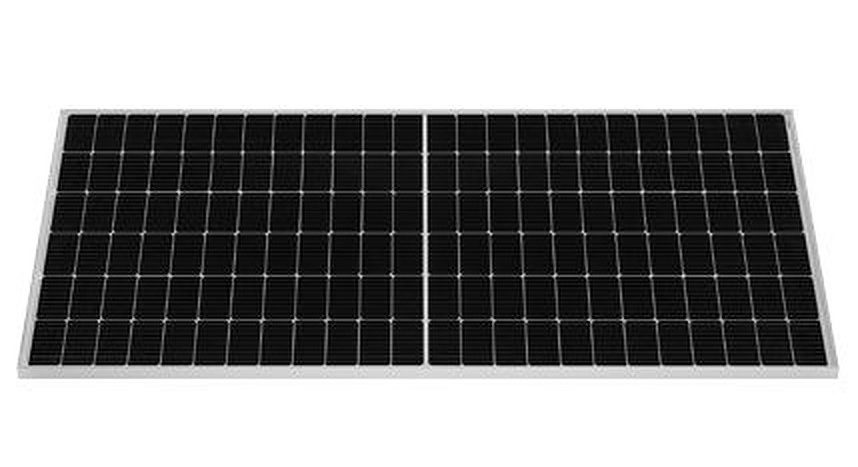pv magazine: Mr. Espinosa, JA Solar has decided to bet on the 182 mm M10 format rather than on the 210 mm M12 size as other major manufacturers. Do you believe this choice is now bearing its fruits?
Ignacio Espinosa: We really feel the 182 mm is the next step on the PV technology evolution. Wafers with too large a size bring challenges for the production process, packaging and transportation. But our major concern about the resultant 210 mm modules is their high-current output. The high current is impacting over power generation as high current brings higher resistance losses and a higher inner temperature inside the modules, which translates to operance losses. 182 mm modules are more balanced in terms of their dimensions and electrical values.
Join the webinar with JA Solar on April 25!
Is the M10 format suitable for any market segment and all kinds of projects? Would the M12 size represent the best option in cases of low-irradiance conditions?
M10 format modules have different choices for all market segments. We are offering a 54-cell format that it’s suitable for residential and C&I segments. Due to its reduced dimensions and light weight it’s perfect for rooftop installations. On the other hand, we are also offering 72-cell formats reaching 545 W, which is the mainstream product in the industry nowadays as it is suitable for C&I and ground-mounted systems. We are also starting the mass production of the 78-cell format soon, a product that is aimed at ground-mounted systems being around the 600 W power output range.
The company is now bringing its M-10 solutions to the European market, which is an extremely diversified one in both geographical and environmental terms. What advantages do these panels bring to European developers?
The main advantage is the high versatility that they have due to the different formats available, which implies different sizes and therefore a perfect adaptability to the needs of each project. On the other hand, the balanced electrical skills of M10 modules make them widely compatible with the rest of the PV elements and brings them high-performing ratios, which is actually the main advantage that they bring to European developers and end users.
JinkoSolar, Longi and JA Solar have reached a consensus on the standardization of PV modules produced with 182 mm (M10) wafers. How important is this standardization process?
We were living in a transition moment where different manufacturers were designing different but basically similar modules using M10 wafers. At the end of the day, it represents a big headache for the developers as they needed to change their design depending on the module they were using. It was also an issue for the mounting system manufacturers as they needed to design their systems for several options. The issue was also affecting the supply chain, as the different sizes of the modules were also a problem for modules manufacturers’ raw material suppliers. The solution was to standardize the dimensions and make another step forward to set the M10 modules as the mainstream product for the PV industry in the following years.
Join the webinar with JA Solar on April 25!
This content is protected by copyright and may not be reused. If you want to cooperate with us and would like to reuse some of our content, please contact: editors@pv-magazine.com.




2 comments
By submitting this form you agree to pv magazine using your data for the purposes of publishing your comment.
Your personal data will only be disclosed or otherwise transmitted to third parties for the purposes of spam filtering or if this is necessary for technical maintenance of the website. Any other transfer to third parties will not take place unless this is justified on the basis of applicable data protection regulations or if pv magazine is legally obliged to do so.
You may revoke this consent at any time with effect for the future, in which case your personal data will be deleted immediately. Otherwise, your data will be deleted if pv magazine has processed your request or the purpose of data storage is fulfilled.
Further information on data privacy can be found in our Data Protection Policy.